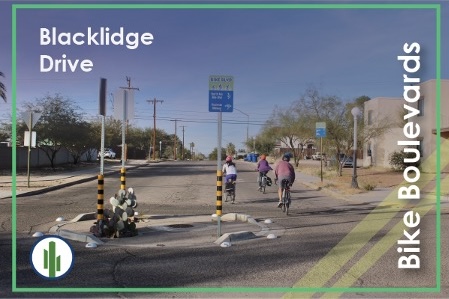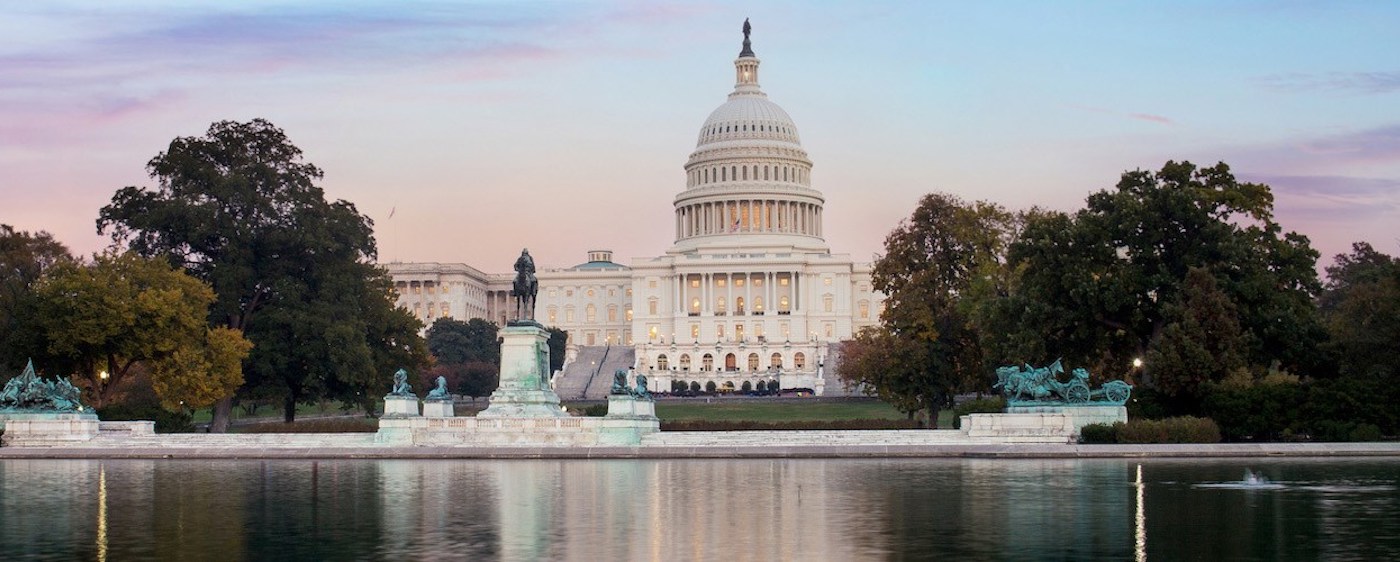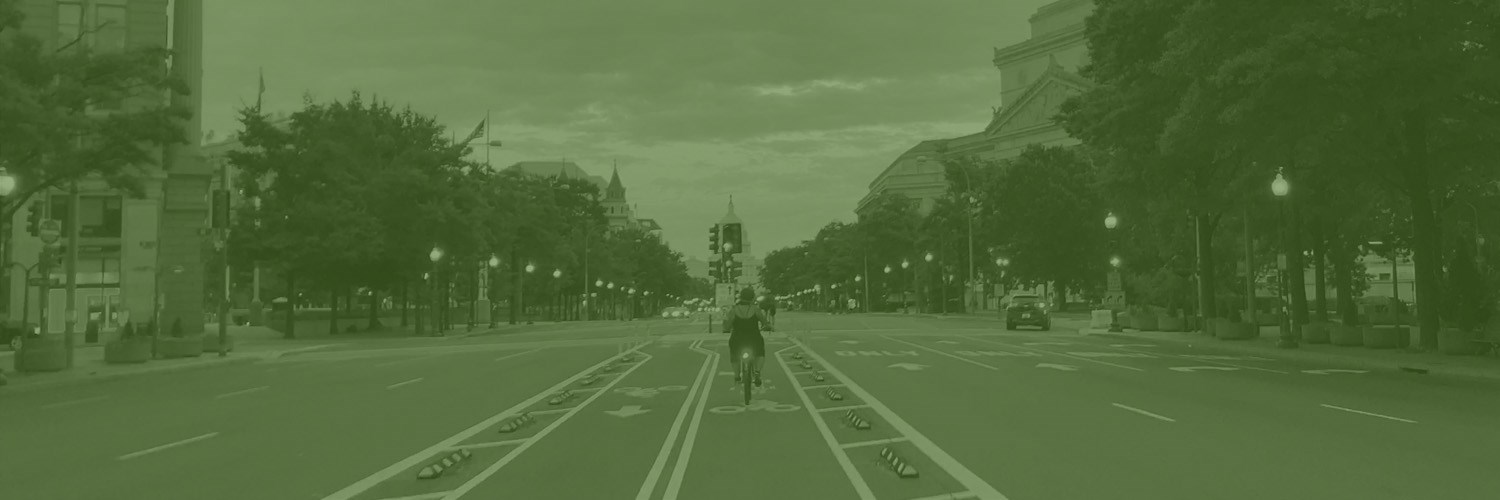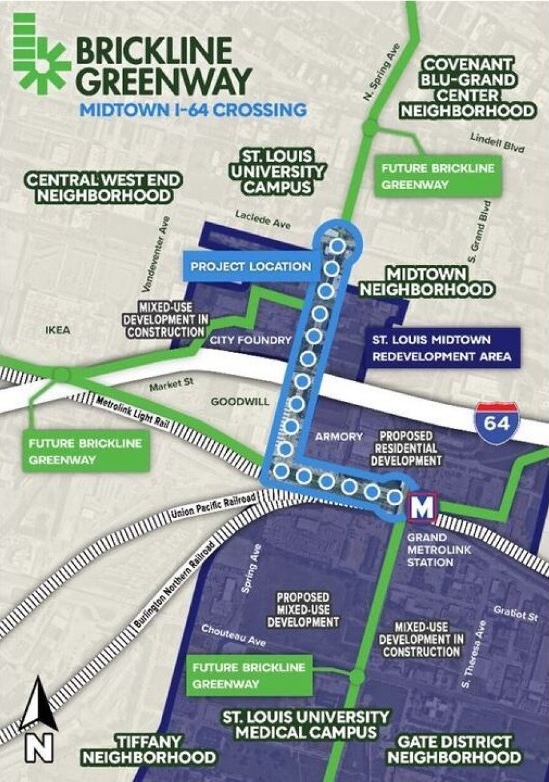Reconnecting Communities and Neighborhoods (RCN) Case Studies
Photo courtesy Getty Images
Projects meeting eligibility requirements for the Reconnecting Communities Pilot (RCP) Program and the Neighborhood Access and Equity (NAE) Program were accepted and reviewed under the same FY23 application cycle. Though these two programs were combined in 2023, most of the selected projects received funding from either NAE or RCP and only a few projects received combined funding from both funding sources. The Reconnecting Communities and Neighborhoods case studies below represent projects that fall into the first category of receiving funding from either NAE or RCP.
In this award cycle, projects focused solely on trails, walking and biking accounted for $834 million or 25% of the total $3.3 billion in funding. 85% of all the 132 projects include elements that account for active transportation – bringing to light the depth of demand for this infrastructure nationwide. These case studies are also impressive examples of how municipalities are using walking and biking infrastructure to reconnect disinvested communities to everyday destinations. Both projects place an emphasis on providing safe routes for residents who rely on nonmotorized modes of transportation.
Brickline Greenway: Midtown I-64 Crossing
Project At A Glance
- Submitted by: Metropolitan Park and Recreation District, St. Louis
- Location: St. Louis, Missouri
- Project Type: Capital
- Urban/Rural: Urban
- Funding Source: Reconnecting Communities Pilot (RCP) Program
- Estimated Total Project Cost: $19,850,000
- Amount Awarded: $9,925,000
The Brickline Greenway is a remarkable plan, which when complete, will stretch 10+ miles and reconnect 4 signature parks and 14 different neighborhoods throughout the City of St. Louis. The Midtown I-64 Crossing project is one piece of the larger Brickline vision and will allow pedestrians and bicyclists to safely cross I-64, which has existed as a barrier for decades. This grant will fund the construction of a raised pedestrian bridge, which will connect the City Foundry and St. Louis University’s campus to the Armory and the Grand MetroLink station.
Initially displacing a historically Black neighborhood called Mill Creek Valley, I-64 continues to disconnect predominately Black communities from economic and academic opportunities, healthcare, housing and public transit. In addition to reconnecting residents to everyday destinations, this crossing will serve as a nexus to bridge the north-south and east-west segments of the greenway.
Green Rivers Greenway (GRG), the organization spearheading the Brickline Greenway alongside dozens of partners, received a letter of partnership from the Missouri Department of Transportation (MODOT) for their application. MODOT’s support for this project and the larger greenway demonstrates a unique partnership between the owner of the physical barrier and the developer of the reconnector. Lonny Boring, Senior Project Manager of GRG, says that “St. Louis and GRG are focused on bringing re-investments back into these communities and will continue to use Great Rivers Greenway’s expertise and federal money (45 million and counting) to make this a reality.”
Another important aspect of the application was the robust public engagement, which was aided by public meetings taking place in accessible locations. In addition to support from the community and the state transportation agency, this project was backed by Congresswoman Cori Bush and St. Louis Mayor Tishaura O. Jones. “The many partners alongside Great Rivers Greenway are helping to make the City of St. Louis a vibrant community with green spaces, art, and equitable economic development along the way,” said Mayor Jones, adding, “This development is a chance for residents to thrive in St. Louis by connecting to and exploring our great city in new ways.” The $10 million-dollar Reconnecting Communities (RCP) grant is taking the greenway one step closer to meeting the project’s $245 million dollar anticipated total cost and one connection closer to creating a more livable and thriving St. Louis.
Blacklidge Bicycle Boulevard
Project At A Glance
- Submitted by: City of Tucson Department of Transportation and Mobility
- Location: Tucson, Arizona
- Project Type: Construction/Capital
- Urban/Rural: Urban
- Funding Source: Neighborhood, Access and Equity (NAE) Program
- Estimated Total Project Cost: $2,577,591
- Amount Awarded: $2,577,591

While the City of Tucson is ranked #2 in the country by Livability.com for bicycle friendly infrastructure and active transportation networks, it is also ranked #3 most deadly metro area for pedestrians in the US in the 2024 Dangerous by Design report. This stark contrast in rankings reveals that connectivity benefits are often not distributed equitably to all Tucsonans. This reality is reinforced by the fact that people of color are more likely to be killed or injured than white pedestrians and rates of death increase as the income of an area decreases.
The Blacklidge Bicycle Boulevard is one step in a larger strategic timeline to provide all Tucson neighborhoods with safe and connected bicycle infrastructure. The neighborhoods benefiting from this investment have faced a long history of disinvestment and will now be able to travel through their community more easily and safely. The 2.6-million-dollar grant will be used to retrofit the existing roadway to provide accommodation for those who rely on nonmotorized transportation modes. Specific project design elements include bicycle lanes, signage, signalized bicycle and pedestrian crossings, and other traffic calming measures.
This 4.5-mile section of the city’s larger active transportation network will provide an east-west route to everyday destinations and connect five parks and four schools. In their application, the Tucson Department of Transportation and Mobility (DTM), stated, “By utilizing the residential street system to incorporate bicycle boulevards like Blacklidge Drive, the city is investing in a cost-effective way to connect people of all ages and abilities to employment centers, green spaces, schools, healthcare facilities, and shopping centers.”
Mayor Regina Romero, a dedicated advocate for the project, expressed her thanks and appreciation for this investment by saying, “Thank you to our congressional delegation for supporting this project to help the City of Tucson continue investing in creating more walkable and thriving neighborhoods. I am grateful to our federal partners at the U.S. Department of Transportation for helping us layer investments in historically underserved areas that make streets safer for Tucsonans.” This project will help safely reconnect central Tucson neighborhoods; however, the Department of Transportation and Mobility recognizes that additional infrastructure including separated bike lanes and off-street shared-use paths such as the existing Chuck Huckelberry Loop is necessary to make Tucson’s bike network accessible and safe for Tucson residents of all ages and abilities.
Related: Tucson Gets $2.57 Million Federal Grant to Create Blacklidge Bicycle Boulevard


